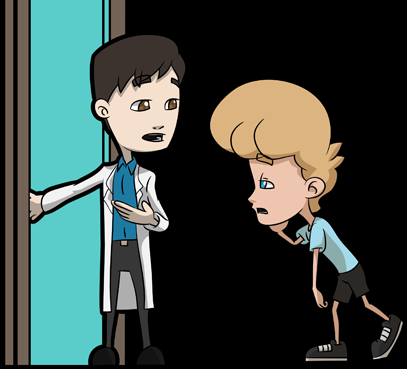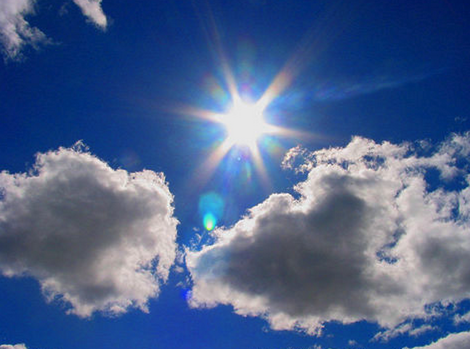SAD | Getting started for better understanding

 Seasonal Affective Disorder | The best metaphor for seasonal affective disorder (SAD) is hibernation...
Seasonal Affective Disorder | The best metaphor for seasonal affective disorder (SAD) is hibernation...
which may be thought of as the biologic correlate of wintertime SAD. Unlike people with classical depression, who typically eat less and sleep less, people with SAD eat more and sleep more, much like animals hibernating for the winter.
Do I have SAD? Many patients with SAD do not realize that they have depression, because they are not necessarily depressed with regard to their mood (ie, they do not feel sad). Nevertheless, they feel tired and less interested in things (i.e., anhedonic) and have increased sleep and appetite, thus meeting clinical depression criteria.
The classic initial studies on SAD, which defined the condition, were conducted at the National Institute of Mental Health (NIMH) on 29 patients, 93% of whom had bipolar illness. The NIMH group was headed by Norman Rosenthal with the senior oversight of Frederick Goodwin.
These patients experienced more depressive episodes in the fall and winter and more hypomanic/manic episodes in the spring and summer. SAD occurred mainly—in fact, almost entirely—in persons with bipolar illness. Thus, from the beginning, it could be seen that SAD was not a newly discovered disease distinct from the affective illnesses previously defined; rather, it was a course pattern observed in persons with the already known affective illness of bipolar disease.
This rediscovery of seasonality in affective illness at the NIMH in the 1980s occurred almost a century after the original discovery and description of the phenomenon in the classic German psychopathology literature. Emil Kraepelin clearly described these seasonal episodes and also linked them to seasonal risk of suicide.
The highest risk is in the spring, and a smaller peak occurs in the fall. Note that fall/winter depression usually does not lead to suicide, whereas spring mania is much more likely to do so.
This is probably because most manic episodes are not euphoric but, rather, dysphoric or mixed states. Mixed states, in which depressive and manic symptoms occur together, are known to be the states associated with the highest risk for suicide. These mixed manic episodes occur most frequently in springtime, a fact intuited well by the poet TS Eliot, who wrote that “April is the cruelest month."
In the fifth edition of the Diagnostic and Statistical Manual of Mental Disorders (DSM) published by the American Psychiatric Association (DSM-5), the term SAD takes a broader definition, being used to describe a recurrent, seasonal pattern of depressive episodes. However, SAD may also refer to other affective episodes (mania or hypomania) that occur in a seasonal pattern.
SAD is a relatively common syndrome that exerts significant effects on mood and psychosocial functioning.
It is particularly problematic in that it is, by definition, a recurring syndrome with symptoms lasting approximately 40% of the year.
SAD is usually more common in the fall and winter, though it may occur during the spring or summer as well. Fall / winter SAD is often characterized by atypical depressive symptoms, including hypersomnia, increased appetite, and craving for carbohydrates. Spring/summer SAD, on the other hand, is more frequently associated with typical depressive symptoms, including insomnia and loss of appetite. Although not all patients with SAD have bipolar illness, it is important to screen for those who do. In SAD patients with bipolar illness, summer mania must be treated to prevent winter depression.
Although not all patients with SAD have bipolar illness, it is important to screen for those who do. In SAD patients with bipolar illness, summer mania must be treated to prevent winter depression.
The two mood states go together because they are part of a cycle, with one following the other. Stopping one mood state requires treating the whole cycle. This is an all-or-nothing situation; one cannot pick and choose. It is important to keep in mind that even mild manic (i.e., hypomanic) symptoms in the spring or summer can presage very severe fall or winter depression.
In speaking of "hypomania," one must not be fooled into thinking that mild manic symptoms are not important. There is no such thing as "hypodepression," and mild depressive symptoms are not to be ignored. They matter, and so do mild manic symptoms, if only because they can lead to quite severe depressive symptoms later. What goes up must come down.
For more on this go to:


